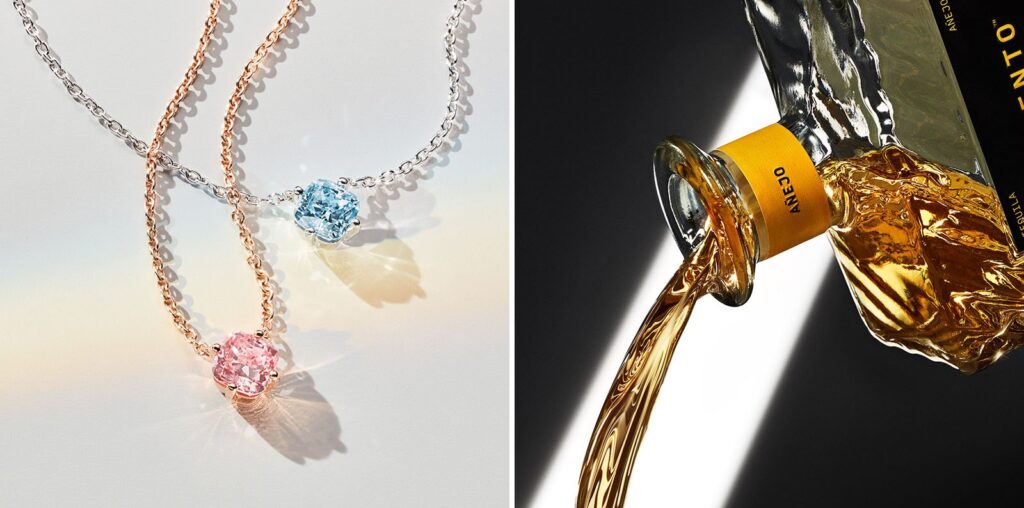![]()
Arguing the upside of proximity, photographer Robert Capa said, “If your pictures aren’t good enough, you’re not close enough.” In-studio commercial photographers, with robotic cameras and high-tech lighting, get plenty close to their subjects.
New York-based commercial photographer and director Jarren Vink explains this important niche field and offers advice to those considering breaking in. Jarren Vink Studio specializes in luxury-brand photography: cosmetics, fragrances, jewelry, beverages, and timepieces.
“Commercial photography is a team sport,” says Vink. “Most shoots begin with pre-production calls to make sure we are all aligned going in. Problems can arise, but I consider us professional problem solvers. Ultimately, we don’t ‘take’ pictures, we ‘make’ pictures, and we need to figure out how to deliver on that creative vision.” (With full respect to photographer Ansel Adams, attributed as saying: “You don’t take a photograph, you make it.”)
Vink continues: “We are always looking to create captivating images and videos that engage the viewer while also showing the products themselves in the best light. We want to intrigue the viewer into interest and engagement with the products.”
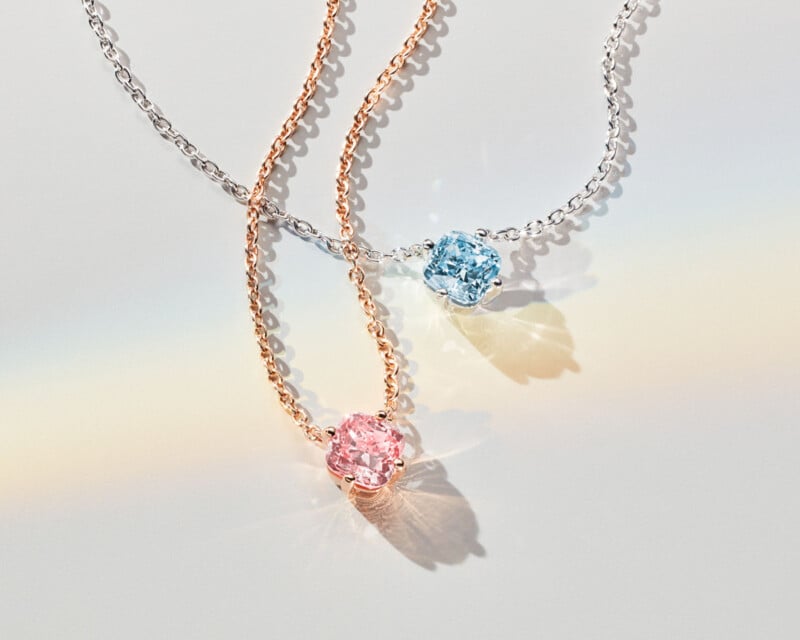
Equipment and Lighting
“I shoot stills primarily with a Canon 5DS and the array of tilt-shift lenses that gives me great control in camera for still life,” says Vink.
“As for lighting, I work primarily with Profoto or Broncolor strobes and Arri Fresnel Hotlights. Aputure LEDs have been great in video work and gradually have been brought into some of the still work. The cameras for video typically range from Red to Phantom along with robotic arms and smaller robotics to control our camera moves and lights.”

End Use for Photos and Videos
Images are mainly used for websites, social media, and digital advertising, as well as prints for advertising and in-store displays.
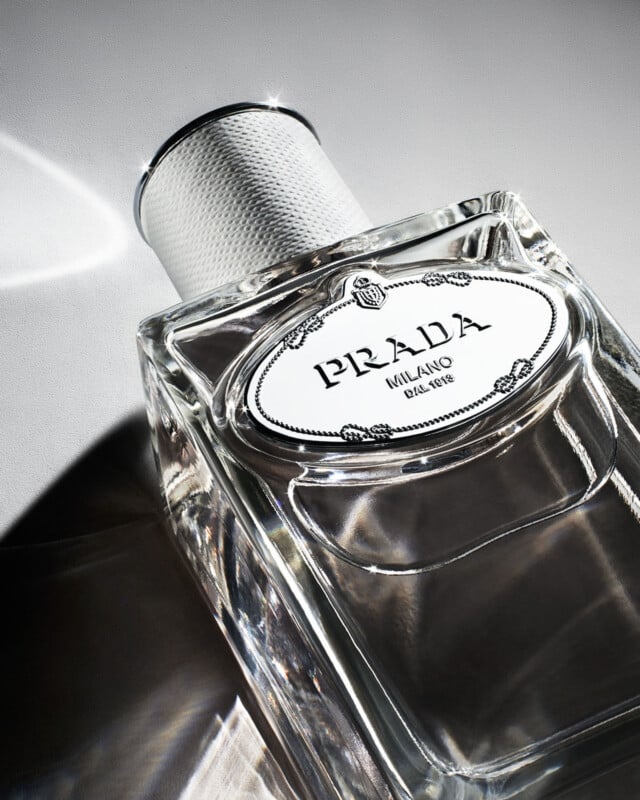
How Vink Was Drawn to Commercial Photography
Vink is mathematical and creative, a combo he says is well-suited for commercial still life photography and its focus on details and technical lighting. He grew up in the Midwest, recalling the influence of a “great photo teacher” at Hilliard Davidson High School in metro Columbus, Thad Ricker.
Ricker said he saw Vink’s potential in high school.
“I am still amazed at the level of success he has achieved as an artist and commercial photographer. I show his work to my current students all the time,” Ricker says.
Inspired by a college internship in New York, Vink returned to the city after graduation from Ohio University (Class of 2007/commercial photography).
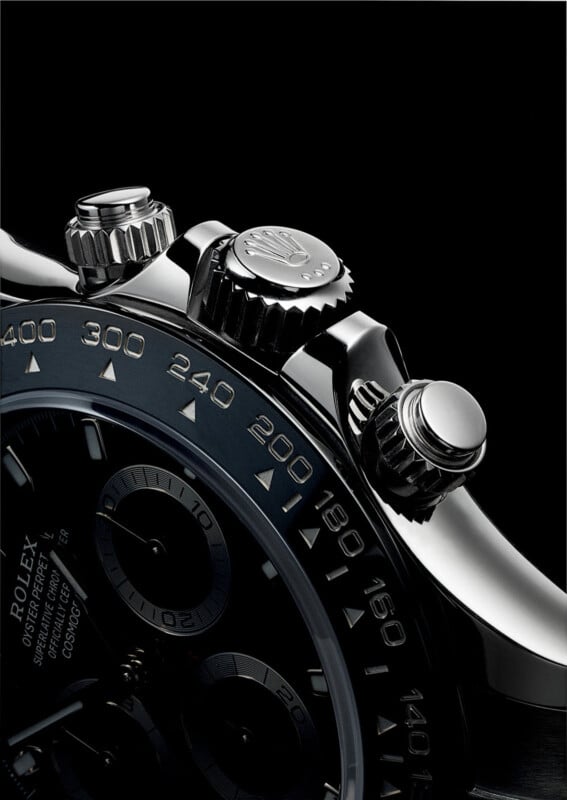
Advice for Others
“If you are just starting out, I recommend the internship and/or assisting route. You need to show up, work hard, and be humble,” says Vink.
“You constantly need to be shooting and working that creative muscle to show prospective clients what they will get if they hire you. There are a lot of great photographers, so ultimately you need to hustle more than the others to stand out.”
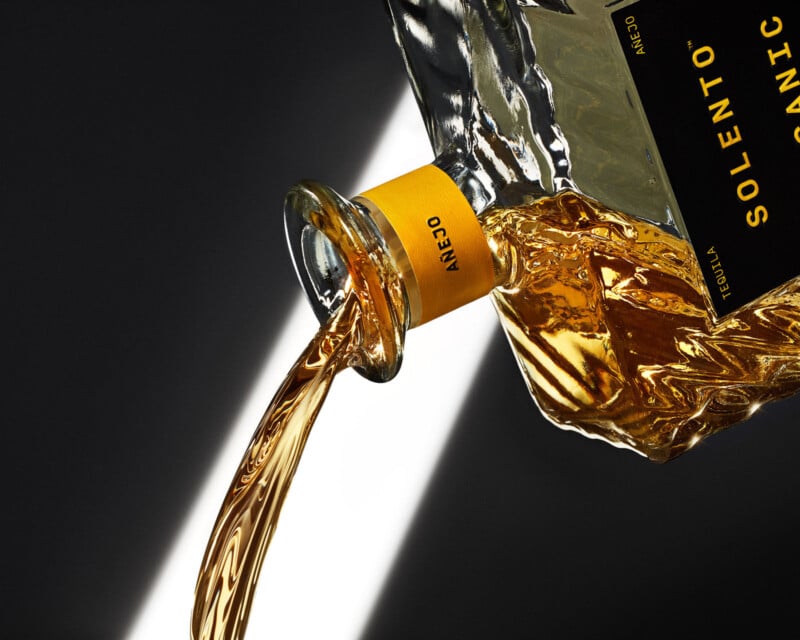
Interests Beyond Photography
Vink makes maple syrup on his small farm in the Hudson Valley.
“With nearly 100 taps, during the late winter thaw, you can find me traipsing through the Vink Farm sugarbush collecting sap and tending to late night wood-fired boils,” he says.
![]()
Does making maple syrup in the Hudson Valley share a common goal with high-pressure in-studio commercial photography in New York City?
“Equilibrium,” he says.
About the author: Ken Klein lives in Silver Spring, Maryland; he is retired after a career in politics, lobbying, and media including The Associated Press and Gannett in Florida. Klein is an alumnus of Ohio University and a member of the Dean’s Advisory Council of the Scripps College of Communication. Professionally, he has worked for Fort Myers News-Press (Gannett), The Associated Press (Tallahassee), Senator Bob Graham, and the Outdoor Advertising Association of America (OAAA).
